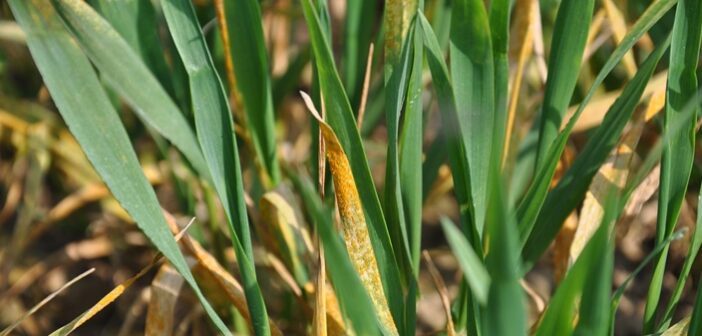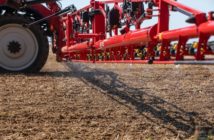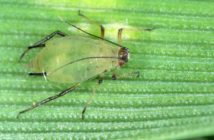An integrated approach is needed to manage yellow rust suggests ProCam’s Mike Thornton. “With little movement expected towards growing winter wheat varieties with greater resistance this autumn, this puts extra reliance on other methods to help counter the disease,” says Mike, “not least in case fungicide applications next spring end up being delayed.
“We know that yellow rust can flare up rapidly in suitable weather, so we need to be thinking of ways, now, to help make plants more resilient.
“For example, yellow rust tends to be less of a problem in earlier-drilled winter wheat crops than in later-drilled ones. So, avoiding later drilling is a consideration, although this needs balancing against the increased risks from septoria and grassweeds from early drilling.
“But in addition to drilling date, we also know that plants under stress tend to be more susceptible to yellow rust infection, and there are several ways to help plants become less exposed to stress factors. Beginning in autumn, these include getting autumn nutrition right to improve rooting for better access to soil moisture and nutrients. Arguably, this is something that growers should be considering anyway, in case of another drought year in 2026.”
With this in mind, Mike says potash (K) and phosphate (P) are both important macronutrients for root development. He recommends using soil testing to assess not only the levels of these and other key nutrients in the soil but also to assess the levels available to the plant.
“Remember, low soil temperatures as we head towards winter tend to reduce P availability,” says Mike, “and acidic soils cause P to be locked up. If there’s a need to improve P availability, consider a pre-emergence application of a product like LibPhos. This preferentially binds to calcium in the soil, freeing up soluble P that can be absorbed by the plant.
“To encourage rooting at the post-emergence stage, consider a seaweed-based biostimulant, or the pidolic acid and phosphite biostimulant, Incite. These types of treatment are a sensible cost and can soon deliver a return, and they can be tank-mixed with certain aphicides. If you’re paying to go through the crop with the sprayer anyway, it makes sense to get the best return on investment from that operation.
“In short, we need to think about adopting an intentional approach to building better root systems in autumn. Even if you farm in a region that didn’t succumb to the effects of reduced wheat yellow rust resistance in 2025, it’s still important not to be complacent,” he concludes.




